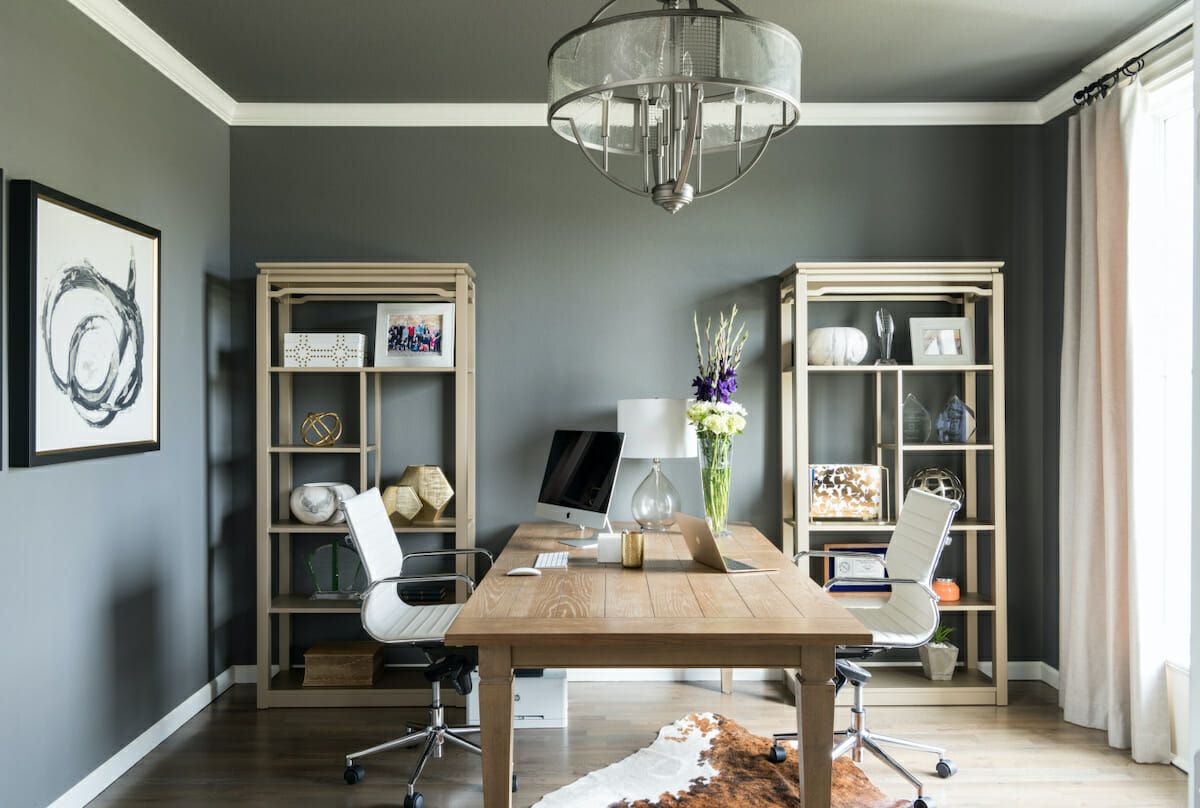

Articles
How To Turn A Dining Room Into An Office
Modified: August 16, 2024
Learn how to transform your dining room into a functional and stylish office space with our informative articles. Maximize productivity and create a comfortable work environment today.
(Many of the links in this article redirect to a specific reviewed product. Your purchase of these products through affiliate links helps to generate commission for Storables.com, at no extra cost. Learn more)
Introduction
Welcome to a comprehensive guide on how to transform your dining room into a functional and stylish home office. With more people working remotely and the need for productive workspaces increasing, repurposing your dining room into an office is a practical solution. Not only does it make use of an existing space, but it also allows for a designated area where you can focus on your work without distractions.
Turning your dining room into an office requires careful planning and organization. In this article, we will explore the necessary steps and considerations to create a comfortable and efficient workspace. From choosing the right area to setting up the furniture and adding personal touches, we will cover all aspects to help you create a seamless transition from a dining room to an office.
As you embark on this transformation, keep in mind that functionality and aesthetics are equally important. You want your home office to be a place where you feel motivated, inspired, and can be productive. By combining practicality with personal style, you can create a space that reflects your work needs and showcases your personality.
So, let’s dive into the process of turning your dining room into an office and discover how you can create a workspace that you’ll love.
Key Takeaways:
- Transforming a dining room into a home office involves careful planning, from choosing the right space to adding personal touches. Balancing functionality and aesthetics creates a productive and inspiring workspace.
- Creating a productive environment in your dining room office requires thoughtful organization, proper lighting, and personalization. By infusing your workspace with elements that bring you joy and inspiration, you can enhance your overall work experience.
Read more: How To Turn Dining Room Into Bedroom
Choosing the Right Space
The first step in transforming your dining room into an office is to choose the right space within the room. Assess the layout and size of your dining room to determine the best area for your office setup.
Consider factors such as natural light, noise levels, and privacy. Ideally, select a space near a window to maximize natural light, as it can boost productivity and improve your mood. If possible, choose a spot away from high-traffic areas in your home to minimize distractions and noise.
Measure the available space to ensure it can accommodate your office furniture and equipment. Take note of any electrical outlets and internet access points in the vicinity, as these will be essential for setting up your computer and other devices.
It’s also important to consider the proximity to other areas of your home. If you have young children, you may want to choose a space that allows you to keep an eye on them while you work. On the other hand, if you prefer a quiet and secluded environment, select a space that offers more privacy.
Take some time to visualize how the office setup will fit into the chosen space. Imagine yourself working in the area and envision how you will move around and access your equipment. This will help you make an informed decision and ensure that the chosen space aligns with your work needs.
Once you have selected the ideal space for your office, it’s time to move on to the next step: clearing out the dining room.
Clearing Out the Dining Room
Now that you have chosen the perfect space for your home office, the next step is to clear out the dining room and make way for your new workspace. Clearing out the dining room involves removing all the dining furniture and any other items that are not necessary for your office setup.
Start by emptying the dining table and removing chairs, tablecloths, and other dining accessories. Store them in a safe place or consider selling or donating them if you no longer have use for them. This will help create more space and allow you to focus on transforming the room into a functional office.
Next, remove any items from shelves, cabinets, or sideboards that are not office-related. Take the opportunity to declutter and organize these items, either by relocating them to another part of your home or finding a new place for them in your office setup.
If you have decorative elements, such as artwork or mirrors, that you want to keep in the room, assess whether they complement your new office aesthetic. You may choose to keep them as long as they do not interfere with your workspace or distract you from your work.
Once the dining room is cleared out, take a moment to clean the space thoroughly. Dust, wipe down surfaces, and vacuum or sweep the floors to create a clean and fresh canvas for your home office. This step not only helps in creating a conducive work environment but also gives you a sense of starting anew in your transformed space.
With the dining room cleared out and ready, it’s time to move on to the next step: setting up a desk and chair for your home office.
Setting Up a Desk and Chair
Now that your dining room is cleared out and ready, it’s time to set up a desk and chair for your home office. These two items are the foundation of your workspace and should be chosen carefully for comfort and functionality.
When selecting a desk, consider the size and shape that would best fit your needs and the available space. Determine if you require a large desk to accommodate multiple monitors or if a smaller, more compact desk is sufficient. Take into account the materials, such as wood or metal, and the style that will blend well with your office design.
Ergonomics should also be a priority when choosing a desk and chair. Look for a desk that is at the proper height for your seated position, allowing your forearms to be parallel to the floor when typing. Ensure that there is enough surface area for your computer, keyboard, and any other work essentials you require.
Pair the desk with an ergonomic chair that provides proper support for your back and promotes good posture. Look for adjustable features, such as seat height, lumbar support, and armrests, to ensure personalized comfort. Spending long hours at your desk requires a chair that will keep you comfortable and prevent strain or discomfort.
When setting up your desk, position it in a way that maximizes natural light while minimizing glare on your computer screen. Consider the placement of electrical outlets and internet access points to ensure easy connectivity for your devices.
Keep in mind that the desk should be a dedicated workspace, free from clutter and distractions. Organize your work essentials, such as pens, notebooks, and files, in a practical and accessible manner. Utilize desk organizers, trays, and storage solutions to keep your desk tidy and minimize distractions while you work.
Once your desk and chair are set up, it’s time to focus on organizing storage and shelving in your new home office.
Organizing Storage and Shelving
Efficient organization is essential in any home office to maintain a productive and clutter-free workspace. Once you have set up your desk and chair, it’s time to focus on organizing storage and shelving solutions to keep your office essentials organized and easily accessible.
Start by assessing the available storage space in your dining room. If you have existing built-in cabinets or shelves, determine how you can repurpose them for your office needs. Clear out unnecessary items and make use of the space for storing office supplies, files, and equipment.
If your dining room does not have built-in storage, consider incorporating freestanding shelves or bookcases. These can provide ample storage space for books, binders, and other office supplies. Look for options that blend well with your office decor and provide both open shelves and closed cabinets for a balanced aesthetic.
Utilize storage containers, bins, and baskets to keep small items organized and tidy. Sort and categorize your office supplies, such as pens, paperclips, and sticky notes, in these containers. This will not only make it easier to find what you need but also add a touch of visual appeal to your shelving units.
Consider installing a corkboard or whiteboard on one of the walls to keep track of important notes, deadlines, and tasks. This can serve as a visual reminder and help you stay organized and focused on your work. Alternatively, use wall-mounted organizers or file holders to keep documents and papers within reach and off your desk.
When organizing your storage and shelving solutions, think about the flow of your workspace. Arrange items in a way that makes sense to you and promotes efficiency in your daily tasks. Keep frequently used items within arm’s reach, while storing less frequently used items in the lower or upper shelves.
As with any organization system, it’s important to periodically declutter and reassess your storage needs. Remove any items that are no longer relevant or needed in your workspace. This will help maintain an organized and clutter-free environment, allowing you to work more efficiently.
With your storage and shelving solutions in place, let’s move on to the next step: ensuring proper lighting in your home office.
Consider using a convertible desk that can be easily folded or extended to accommodate both dining and office needs. This will help maximize space and functionality in the room.
Proper Lighting
Proper lighting is crucial in creating a functional and comfortable home office. Insufficient or harsh lighting can strain your eyes and negatively impact your productivity. The right lighting in your dining room-turned-office will ensure a well-lit and inviting workspace.
First, take advantage of natural light by positioning your desk near a window. Natural light not only provides a pleasant and energizing atmosphere, but it also helps reduce eye strain. Make sure to adjust your desk and chair to minimize glare on your computer screen, as excessive glare can cause discomfort and hinder your work.
If natural light is limited or inadequate for your needs, supplement it with task lighting. Choose a desk lamp that provides focused and adjustable lighting. Look for a lamp with adjustable brightness levels and a flexible neck, allowing you to direct the light precisely where you need it. Position the lamp on your desk to minimize shadows and provide ample illumination for your work tasks.
Ambient lighting is also essential to create a well-rounded lighting scheme in your home office. Consider installing overhead lights or recessed lighting to evenly illuminate the room. This will ensure that the entire space is well-lit, creating a welcoming and productive environment.
Pay attention to the color temperature of your lighting as well. Cooler white lights tend to promote focus and stimulate productivity, while warmer lights can create a cozy and relaxed atmosphere. Choose a color temperature that aligns with your work style and preferences.
In addition to task and ambient lighting, consider incorporating accent lighting to add a touch of style and ambiance to your office. This can include spotlights on artwork or decorative pieces, or even string lights for a more enchanting and cozy atmosphere.
Lastly, don’t forget to include proper lighting for your storage and shelving areas. Install under-cabinet lights or LED strips to illuminate the contents of your shelves and make it easier to locate your office supplies and equipment.
By prioritizing proper lighting in your home office, you’ll create an environment that is not only functional but also visually appealing. Good lighting enhances your mood, reduces eye strain, and promotes a productive and inspiring workspace.
With the lighting in place, let’s move on to the next step: creating a productive environment in your dining room office.
Creating a Productive Environment
Designing a productive environment in your dining room office is essential for maintaining focus and efficiency. By carefully considering the layout, organization, and overall atmosphere of your workspace, you can create an environment that fosters productivity and inspires motivation.
Start by arranging your furniture in a way that promotes a productive workflow. Position your desk in a way that allows you to easily access your work essentials and move around the room without obstruction. Consider the placement of your chair and ensure it provides a comfortable and ergonomic seating position that supports proper posture.
Minimize distractions in your office by organizing cables and cords. Use cable management solutions such as cable clips, zip ties or cable sleeves to keep cords neatly tucked away, preventing them from tangling or cluttering your workspace. This will not only improve the aesthetic of your office but also help you stay focused on your tasks at hand.
Create a layout that separates your workspace from other areas of the room. This can be achieved by using room dividers, bookshelves, or even plants to delineate the boundaries of your office. This physical separation will help create a mental distinction between work and home life, even within the same space.
Consider implementing a daily routine or schedule that establishes designated working hours. Having a routine helps set expectations and promotes discipline. Plan your day, including breaks and tasks, and stick to the schedule as much as possible.
Maintain a clean and clutter-free workspace. A cluttered environment can lead to a cluttered mind, hindering your ability to focus and be productive. Regularly declutter your desk, removing unnecessary items and organizing your work essentials in a logical and accessible manner.
Set boundaries with family members or roommates to minimize interruptions during your working hours. Communicate your availability and establish rules that allow you to work without distraction. Consider using tools such as noise-cancelling headphones or noise machines to create a peaceful and focused atmosphere.
Incorporate plants or natural elements into your office space. Studies have shown that having plants in the workspace can help reduce stress, improve air quality, and promote a sense of well-being. Choose low-maintenance plants that thrive in indoor environments and add a touch of freshness and tranquility to your office.
Finally, personalize your workspace with items that inspire and motivate you. Hang motivational quotes or artwork on the walls, display family photos, or add meaningful decorative pieces. Surrounding yourself with things that bring you joy and inspiration can boost your mood and creativity.
By creating a productive environment, you set the stage for focused work and enhanced productivity in your dining room office.
Now, let’s move on to the final step: adding personal touches and decor to make your home office a truly unique space.
Adding Personal Touches and Decor
Adding personal touches and decor to your dining room office is the final step in transforming it into a space that truly reflects your personality and style. By infusing your workspace with elements that bring you joy and inspiration, you can create an environment that motivates you and enhances your overall work experience.
Start by incorporating art and decor that speaks to you. Hang paintings, prints, or posters that inspire you or reflect your interests. Consider artwork that evokes a sense of calm or motivation, such as landscapes or motivational quotes. This not only adds visual interest to your office but also serves as a source of inspiration during your work hours.
Add decorative accents that reflect your personal style. Whether it’s a vase of fresh flowers, decorative figurines, or unique desk accessories, choose items that bring you joy and make your workspace feel inviting. These small details can uplift your mood and create a positive work environment.
Showcase your achievements and memories by displaying diplomas, certificates, or awards on a wall or shelf. These reminders of your accomplishments can serve as a source of motivation and pride as you work towards future goals.
Add a small desk plant or succulent to bring a touch of nature into your office. Not only do plants add visual appeal, but they also contribute to a healthier indoor environment by improving air quality and reducing stress levels. Choose a plant that is low-maintenance and fits well within your workspace.
Consider incorporating a vision board or bulletin board where you can pin important notes, inspirational quotes, or visual reminders of your goals. This serves as a continuous source of motivation and keeps your aspirations visible as you work towards them.
Create a pleasant scent in your office space with a fragrant candle, essential oil diffuser, or room spray. Scents have the power to evoke positive emotions and create a calming atmosphere. Choose scents that inspire focus, relaxation, or productivity, depending on your personal preference.
Ensure that your office remains functional and organized even with personal touches and decor. Avoid cluttering your workspace with unnecessary items that can distract you from your work. Strike a balance between personalization and maintaining a clean and efficient work environment.
Remember, the goal is to create a space that not only meets your functional needs as a home office but also feels like your own personal sanctuary. Experiment with different decor styles, colors, and arrangements until you find a combination that resonates with you and promotes a positive work experience.
By adding personal touches and decor, you can create a truly unique and inspiring home office that reflects your individuality and enhances your productivity.
Congratulations! You have successfully transformed your dining room into a functional and personalized home office. Now, go ahead and enjoy your new workspace and embrace the opportunities for productivity and creativity that it brings.
Happy working!
Conclusion
Transforming your dining room into a home office is a rewarding project that allows you to maximize the functionality of your space and create a productive work environment. By following the steps outlined in this guide, you can successfully convert your dining room into a stylish and efficient workspace.
Choosing the right space, clearing out the dining room, setting up a desk and chair, organizing storage and shelving, ensuring proper lighting, creating a productive environment, and adding personal touches and decor are all crucial elements in creating a successful dining room office.
By carefully considering these aspects, you can design a workspace that reflects your personal style, promotes productivity and inspires you to do your best work. Remember to balance functionality with aesthetics, as a well-designed and visually appealing office can significantly enhance your work experience.
Throughout the transformation process, keep in mind the importance of purposeful organization and regular decluttering to maintain a clean and efficient workspace. By setting boundaries, establishing routines, and personalizing your office, you create an environment that is conducive to your work needs and helps separate work life from home life.
Whether you are a freelancer, a remote worker, or someone who simply wants a designated work area in their home, repurposing your dining room into an office can provide a practical and visually pleasing solution.
Remember to periodically reassess your needs and make adjustments as you settle into your new workspace. As your work evolves and changes, your office may need to adapt as well. Stay open to creativity and flexibility in your office design to ensure it remains a functional and inspiring space.
Now that you have the knowledge and guidance to transform your dining room into an office, it’s time to put these ideas into action. Embrace the opportunity to create a workspace that aligns with your work style, supports your goals, and brings you joy every time you step into it.
Happy office transformation and best of luck in your future work endeavors!
Now that you've got some great ideas on turning a dining room into an office, why not continue upgrading your space? If you're thinking about refurbishing other parts of your home, don't miss our detailed guide on choosing hardwood floors. Perfect for any renovation project, this guide helps you select the best options to suit both style and durability needs. Get ready to transform your home into a beautifully efficient space!
Frequently Asked Questions about How To Turn A Dining Room Into An Office
Was this page helpful?
At Storables.com, we guarantee accurate and reliable information. Our content, validated by Expert Board Contributors, is crafted following stringent Editorial Policies. We're committed to providing you with well-researched, expert-backed insights for all your informational needs.

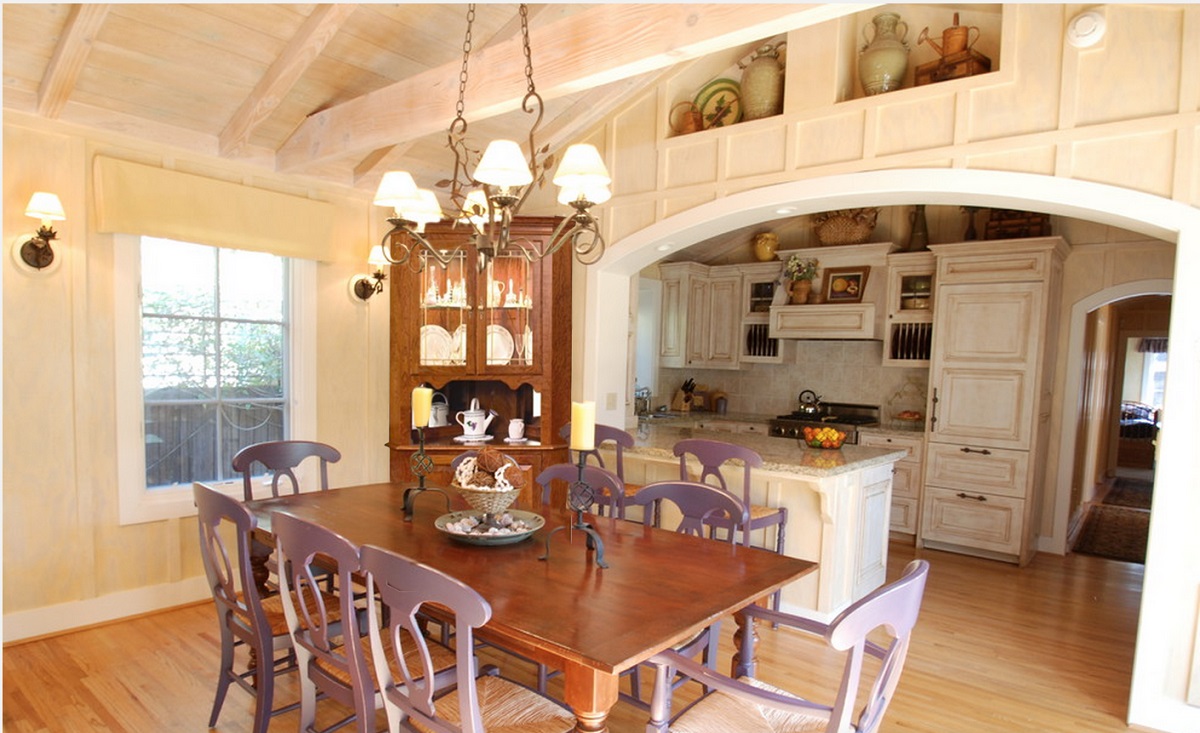
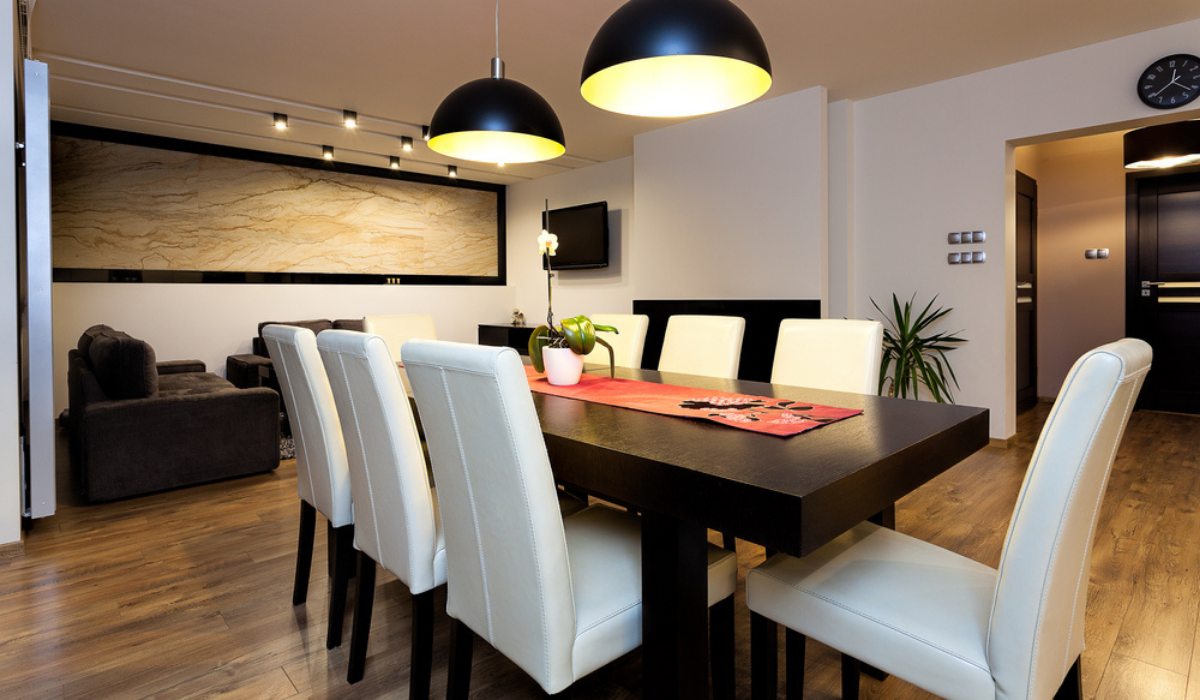

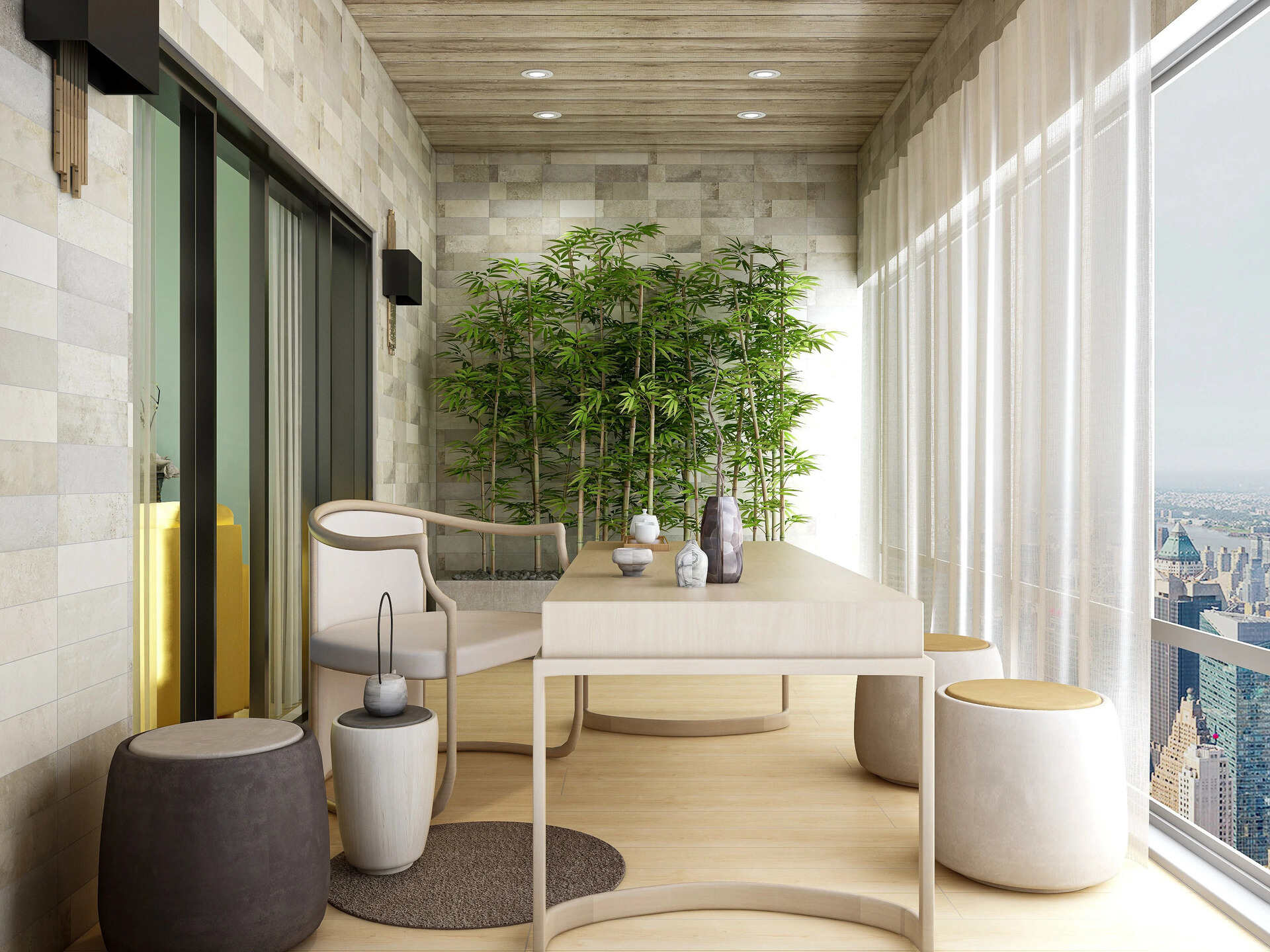
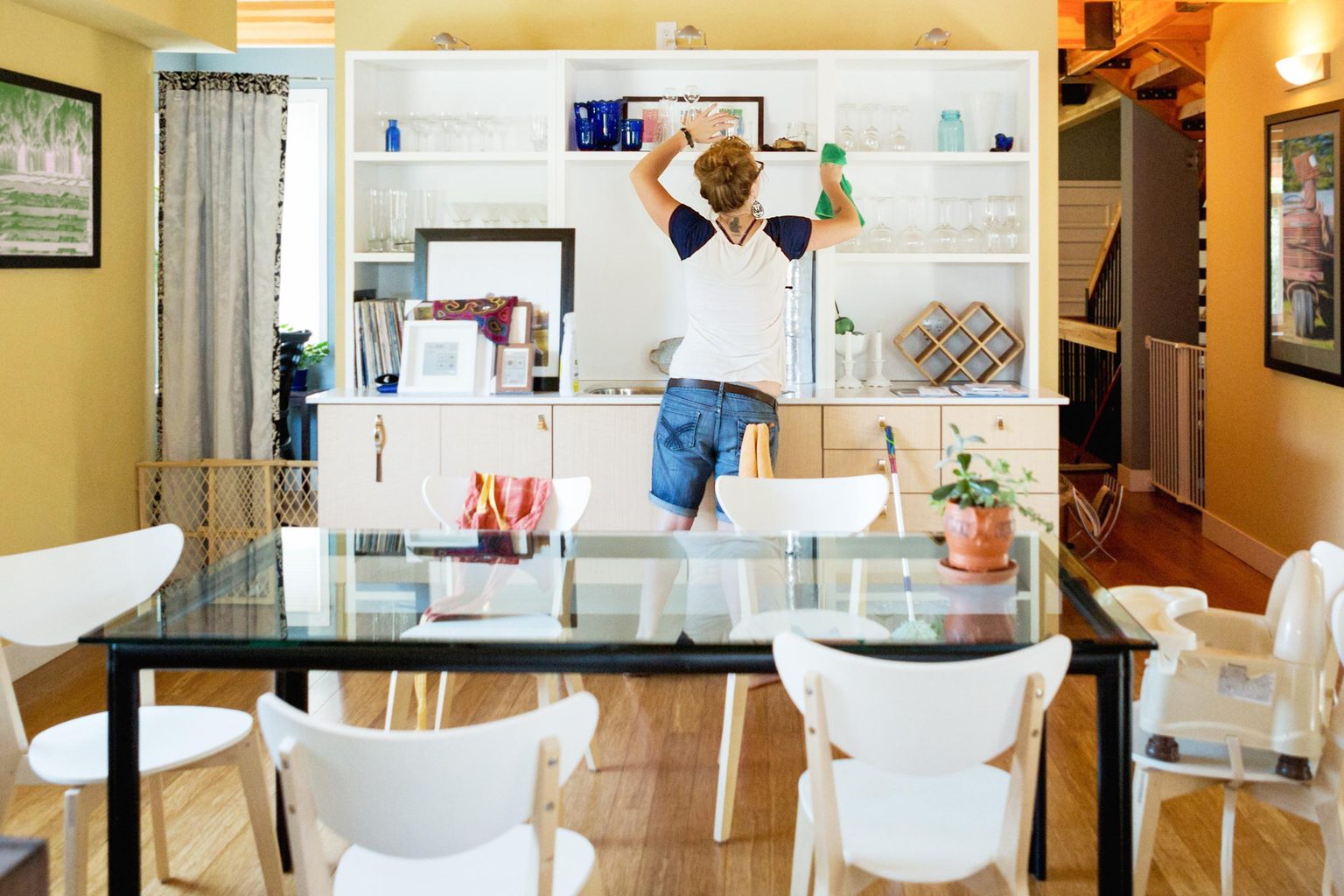
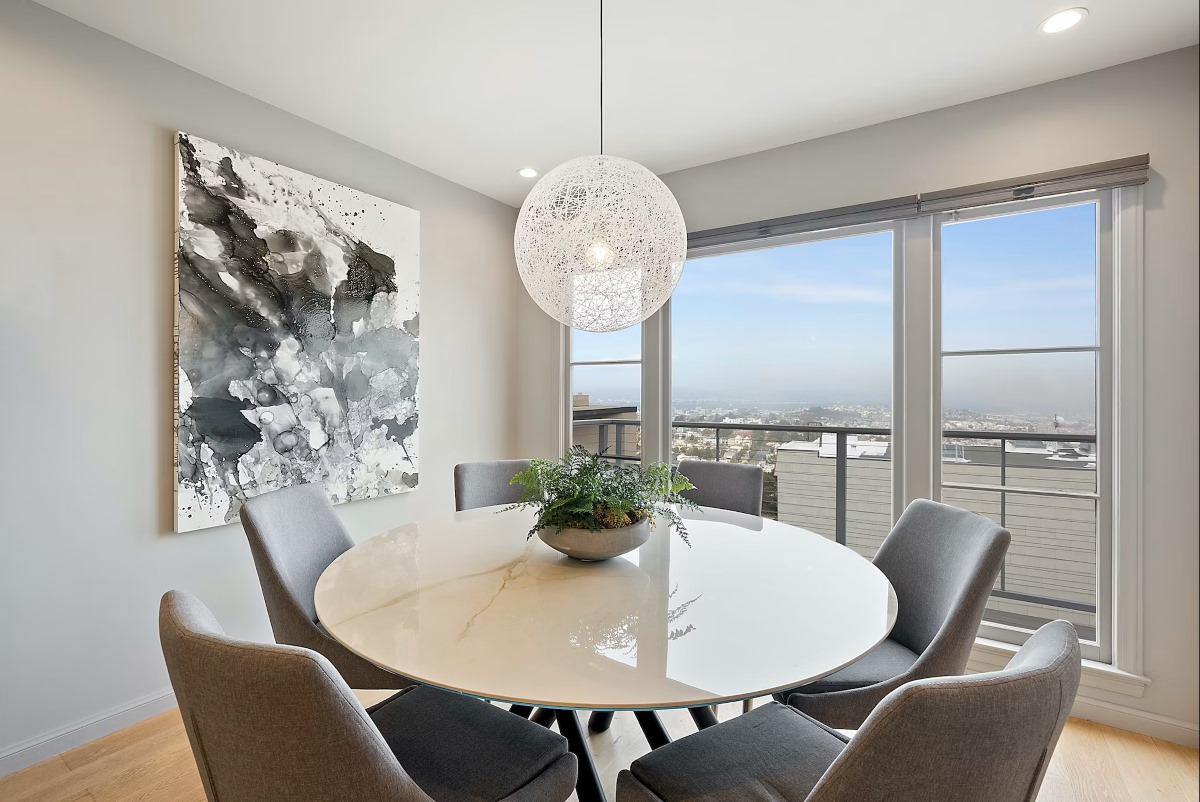
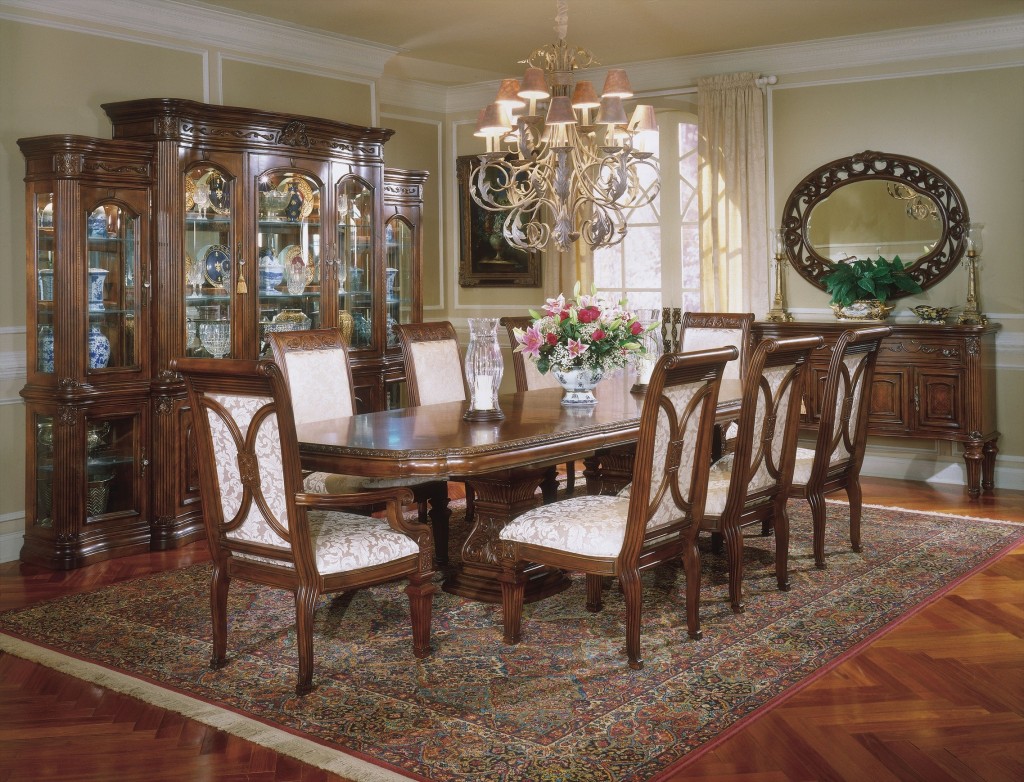
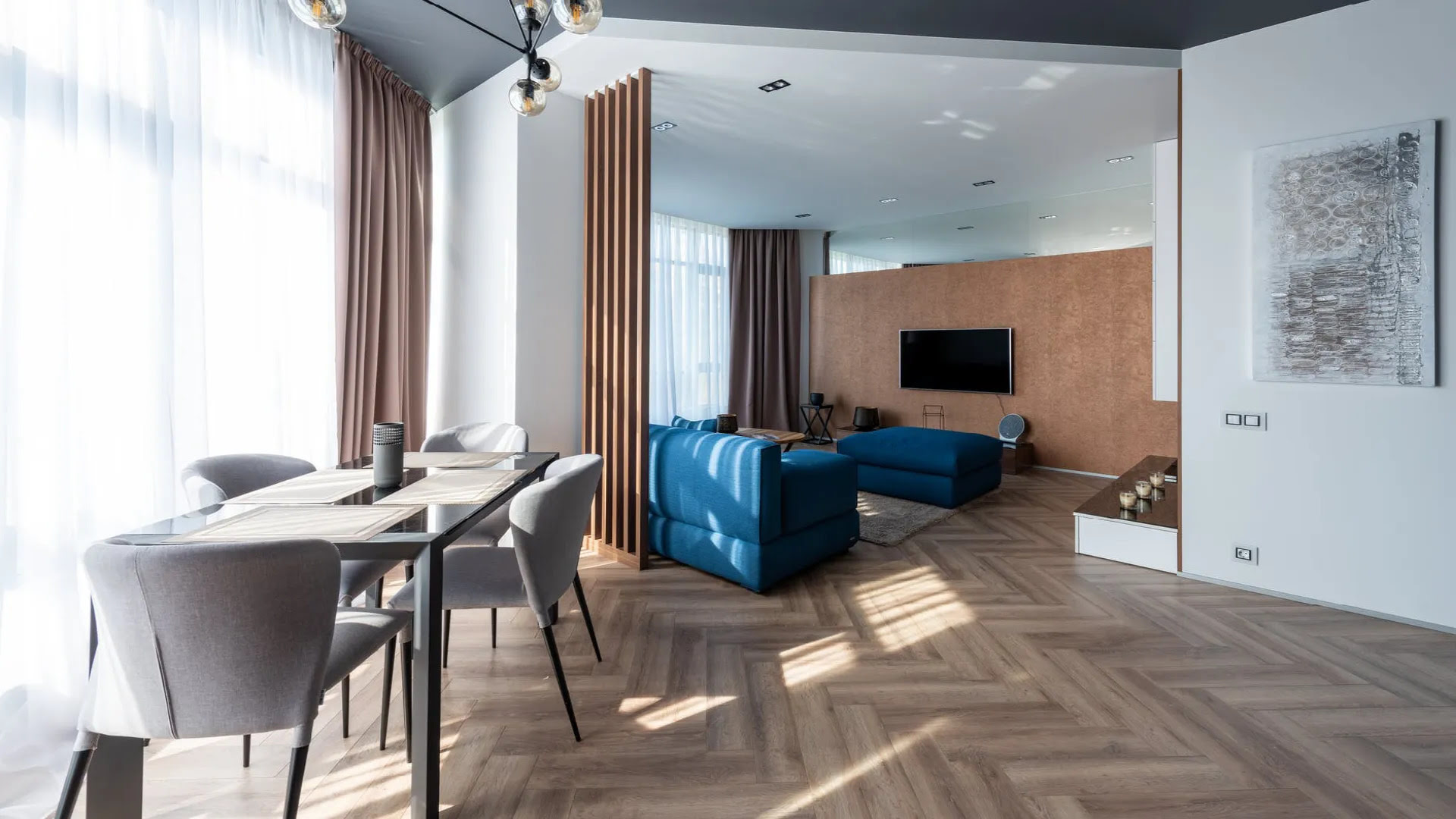
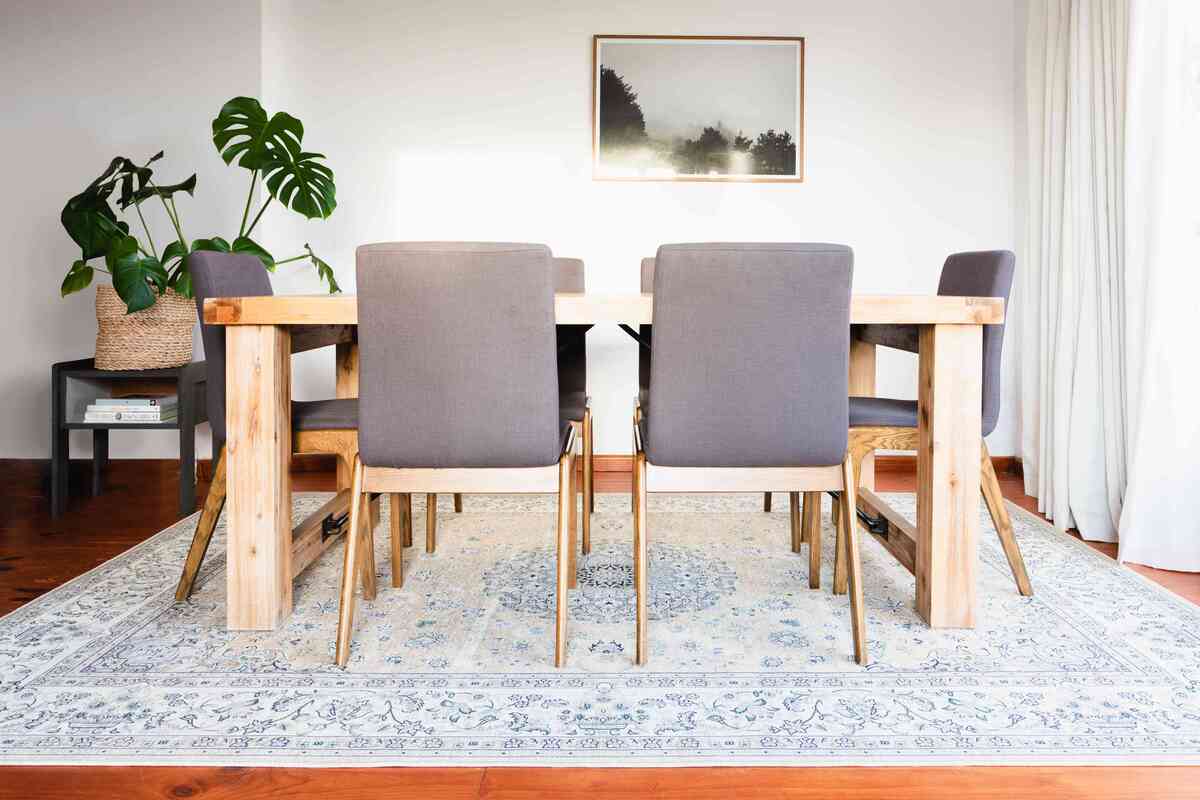
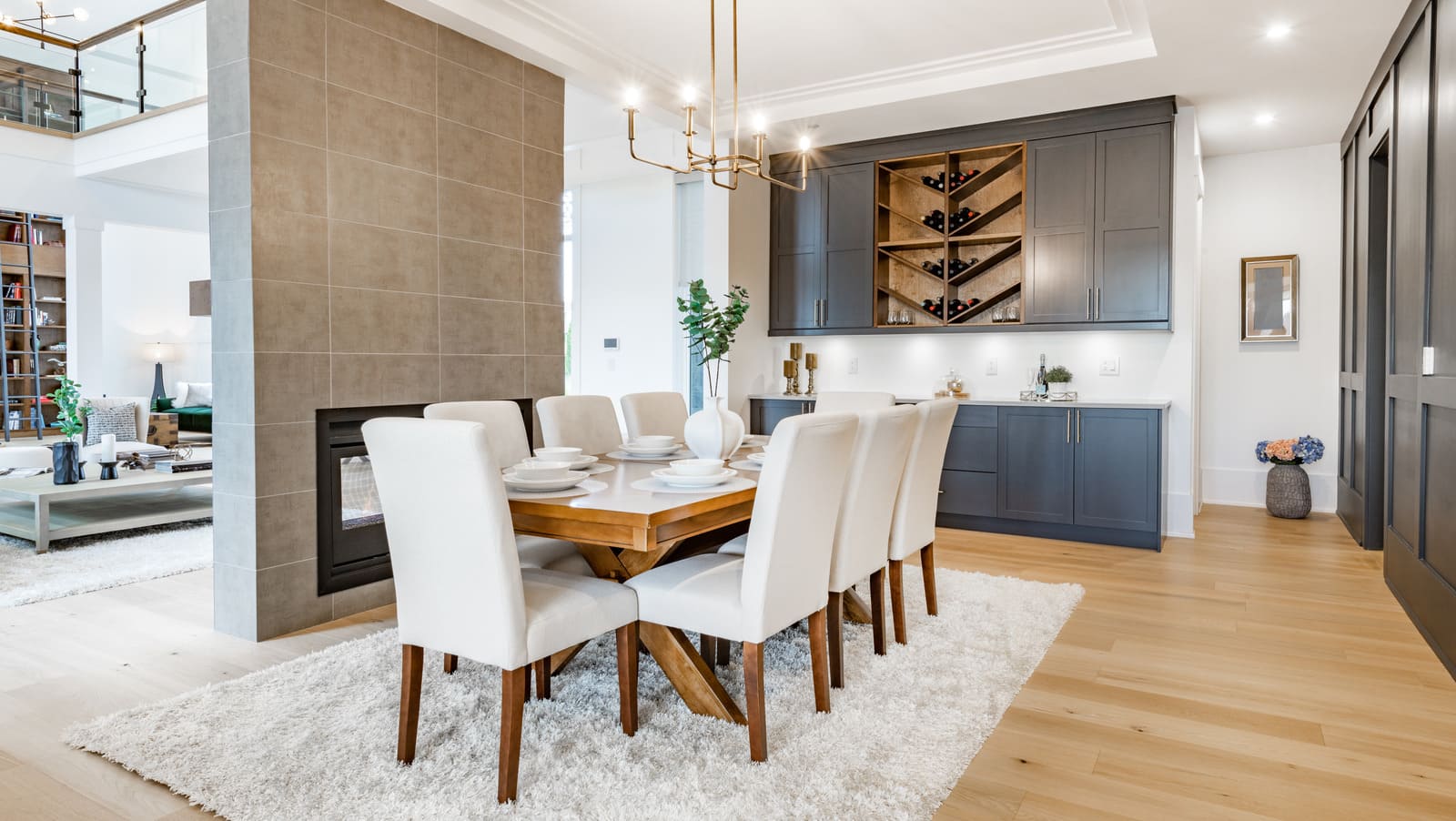
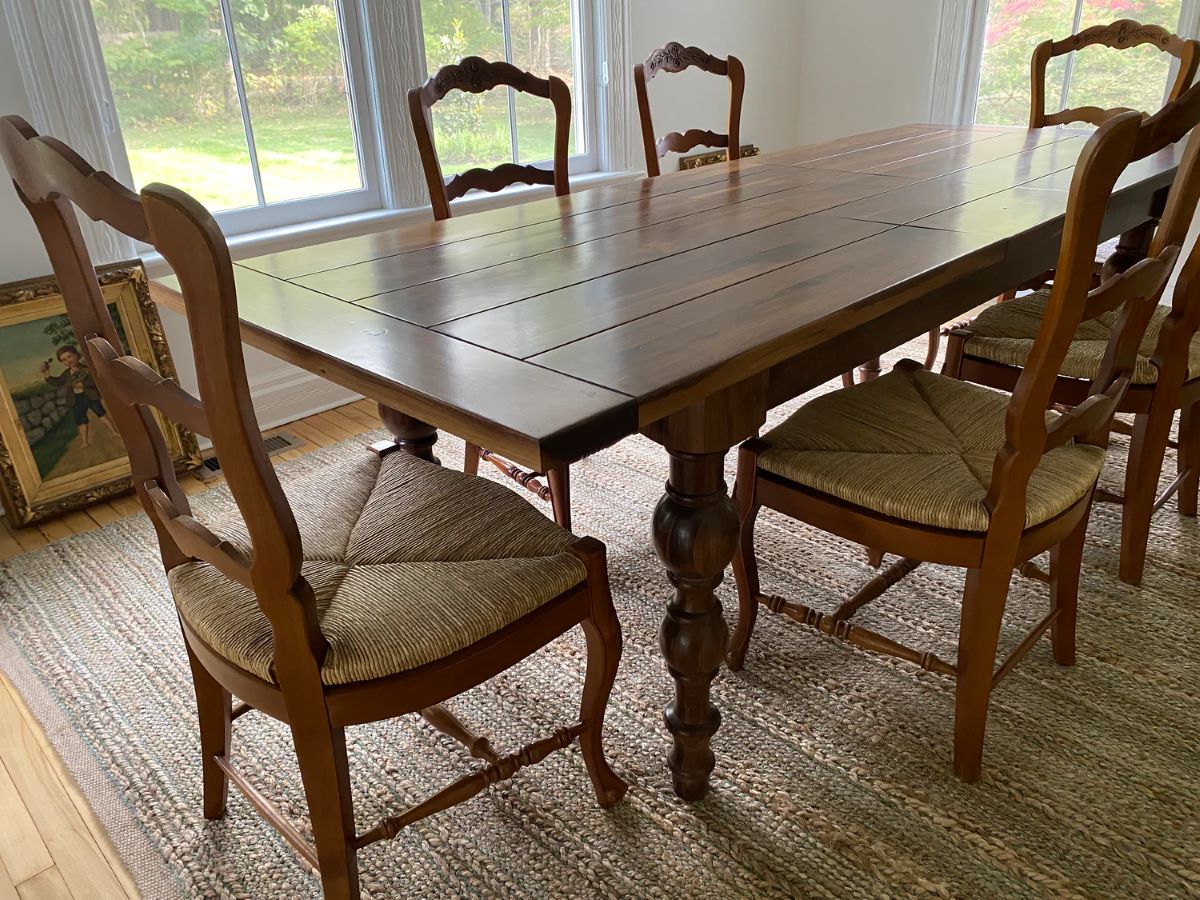
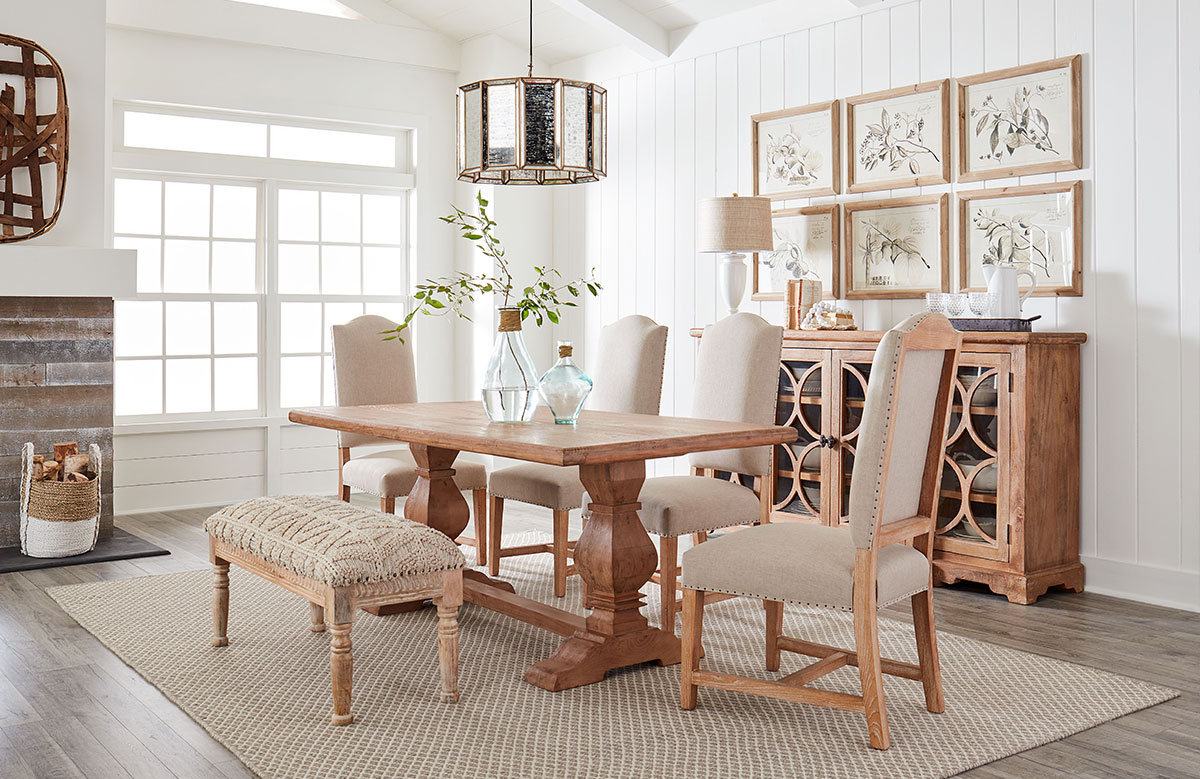
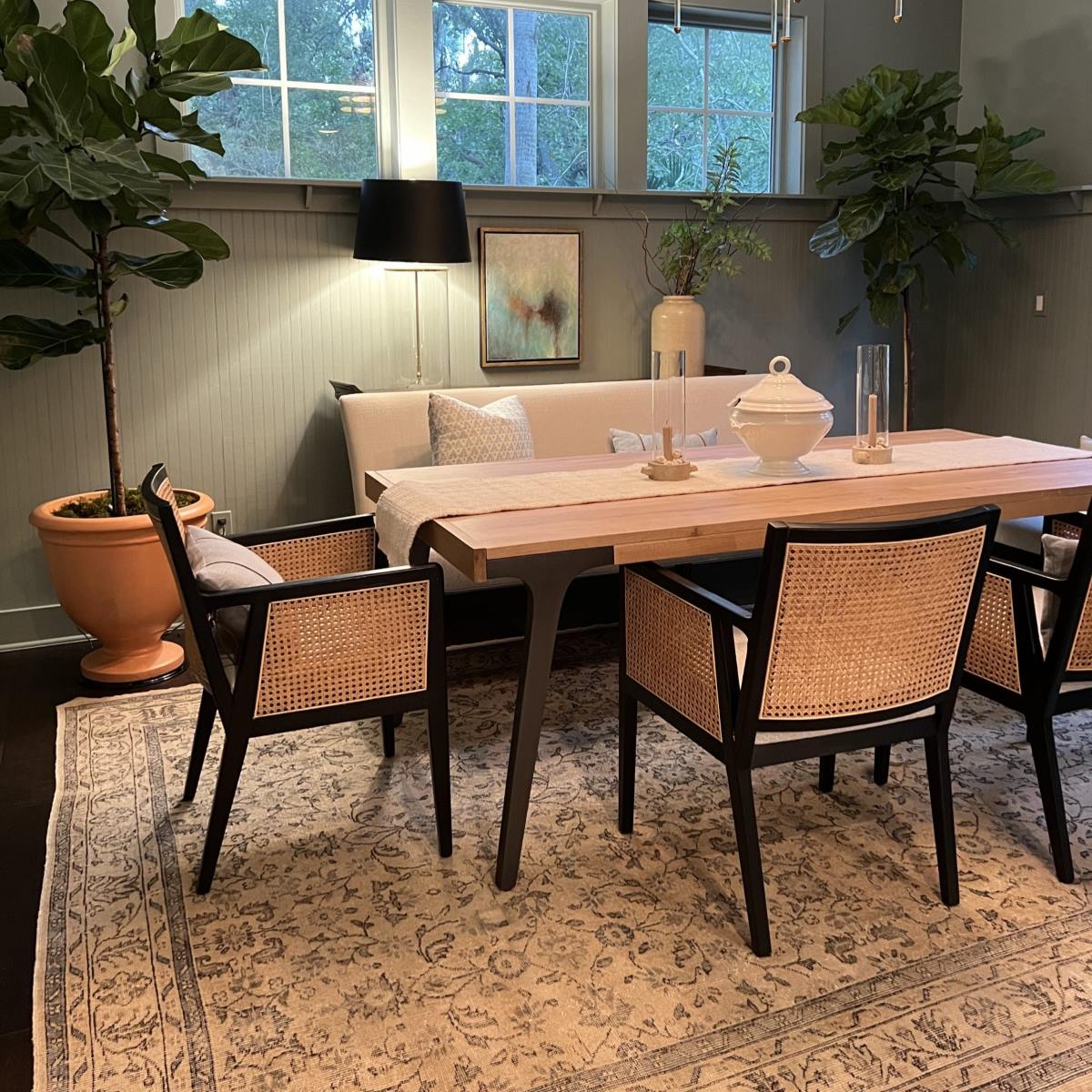

0 thoughts on “How To Turn A Dining Room Into An Office”